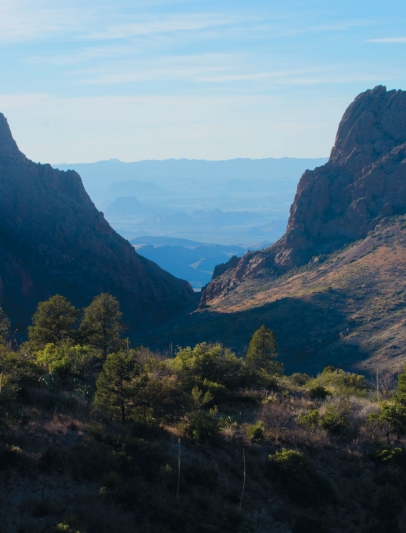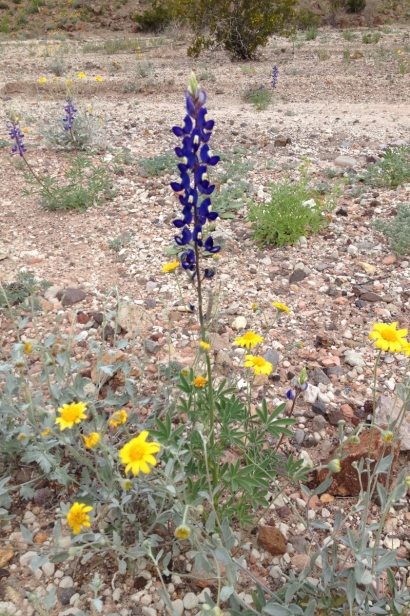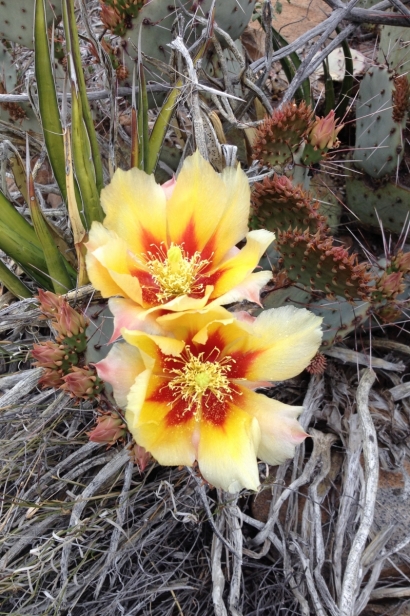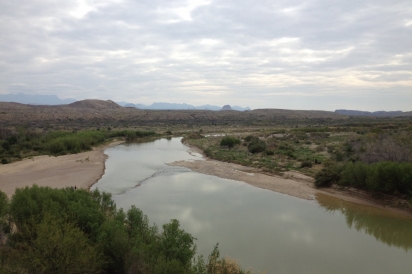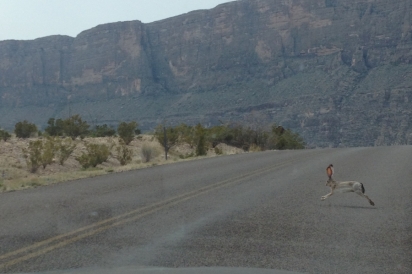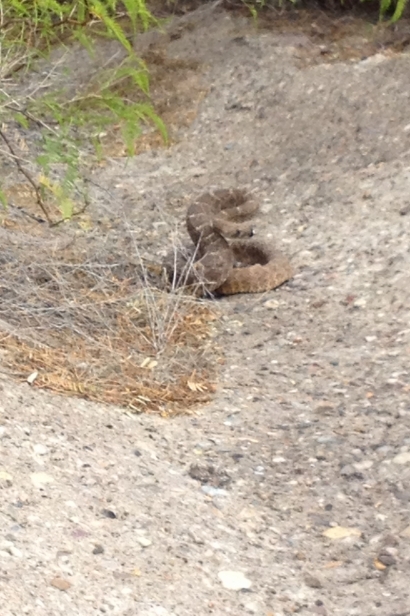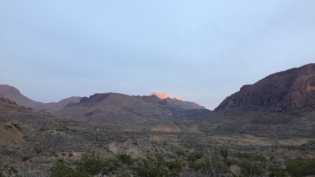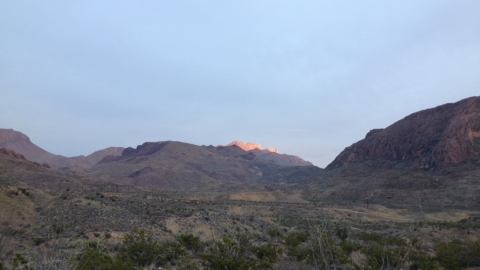All Under One Big Bend Sky - A Travel Adventure
Big Bend National Park at the boundary of Texas and Mexico is an ecological treasure—a landscape of extremes at the big bend in the Rio Grande and a naturalist's dream. From dry to wet, hot to cool, high to low, the diversity of plants and animals that call this place home is mind-boggling. According the National Park Service, Big Bend NP has more species of birds, bats and cacti than any other in the United States. And, it is the least visited.
Last March, my family spent five days exploring Big Bend. We mapped our hikes and drives to explore the Chihuahuan desert, the Chisos Mountains and the riparian forests along the Rio Grande. Our base was a simple, remote home we rented outside the park near Terlingua in the Chihuahuan Desert.
We planned our trips to see some wildlife in these ecosystems. It had rained a week before our trip and the desert was alive with wildflowers. We lost track of the number of different species but know we identified over 120! Never in my life have I seen so many different plant species in one trip.
A black-tailed jackrabbit gave us a great show by slowly hopping in front of our car and lazily following us for a while before disappearing into the brush. We watched Texas antelope squirrels dart in and out of crevices in the desert. They are active during the heat of the day and are pretty cute as far as rodents go. On the drive home we saw three prong-horned antelopes one of which was a baby.
The drive up the road in the Chisos Mountains goes from desert habitat to scrubland to forest and then to bare rock all in less than a 6-mile drive. We stopped to hike along the way and saw Cactus Wren, Ladder-backed Woodpeckers and a Greater Roadrunner. Two Mexican Jays chased each other in the trees above our heads. The Old Mine Trail near Chisos Mountain Lodge takes you up 4 miles to bare rock with breathtaking views where we glimpsed several raptors soaring in the valleys below us.
The Santa Elena Canyon hike took us from the river's edge up the canyon on the Texas side where the Rio Grande separates Texas and Mexico. From the floodplain to the top of the canyon is steep climb. At the top we watched Common Ravens fly through the canyon calling to each other; they seemed to be playing.
I will say that one of the most heart-warming encounters was with a Western diamondback rattlesnake that was in the middle of the road. I did not have my snake chaps or hooks and only have experience with timber rattlesnakes, which are pretty passive. Cars had pulled over and I was ready to tell people to leave it alone. Before I had a chance to act, an old man walked over with a stick and pushed the snake out of harms way. A cheer went up as the rattlesnake disappeared into the brush. That memory is more than a check on a list: it gives me hope for the natural world.
Before you set off, make sure to visit the park headquarters for the latest on trail conditions, wildlife to see and other things to be aware of.
> Edible Houston’s publisher Kim Korth is a conservation biologist, naturalist and birder.


